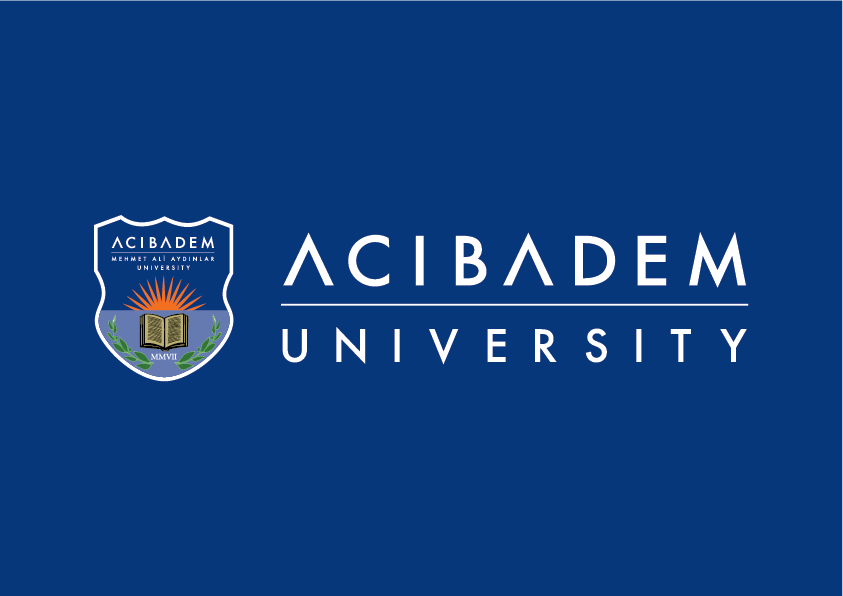Novel antimicrobials derived from natural diversity using artificial intelligence

Sponsored by

Sponsored by

In the modern era, antimicrobial resistance (AMR) is a growing global health crisis that requires urgent action. AMR poses a threat to the effective prevention and treatment of an array of infectious diseases caused by various microorganisms. Biological evolution has resulted in pathogenic microorganisms becoming more resistant to conventional therapies. As a result, these types of infections are more challenging to treat, resulting in an estimated 700,000 deaths worldwide annually. In addition, resistant species are capable of causing severe illness and even death if they spread. As a result, new antimicrobials must be developed and used in the treatment of infections caused by resistant organisms.
Research Group in Protein Engineering and Bioproduction (PEBL) led by Assoc. Prof. Günseli Bayram Akçapınar at Acıbadem University works on the development and production of peptide-based antimicrobial drugs called antimicrobial peptides (AMP). Deep learning-based and conventional bioinformatics approaches are used by the research group to screen novel drug candidates. In the deep learning-based approach, the research group first curated a heterogeneous AMP dataset from all known antimicrobial peptide types rather than just focusing on linear cationic AMPs. The training and prediction of novel AMPs are then conducted using Convolutional Neural Networks (CNNs). To facilitate the search for novel AMPs, the group curated a second dataset of shorter peptide fragments representing a diversity of proteins that could be used in the prediction process. In the second approach, the research group focused on a family of small secreted antimicrobial peptides produced by fungi called defensins. Defensins are small peptides secreted by the innate immune system of mammals, fungi, plants, and bacteria to eliminate other microorganisms or foreign molecules. A diversity of fungal defensins was selected based on known AMP properties using different bioinformatics tools. The research group uses methylotrophic yeast, Pichia pastoris (Komatagaella phaffii), as a microbial cell factory for cost-effective AMP production. Both AI-predicted AMPs and novel fungal defensins exhibited promising antimicrobial activities against gram-negative and gram-positive bacteria and yeast.